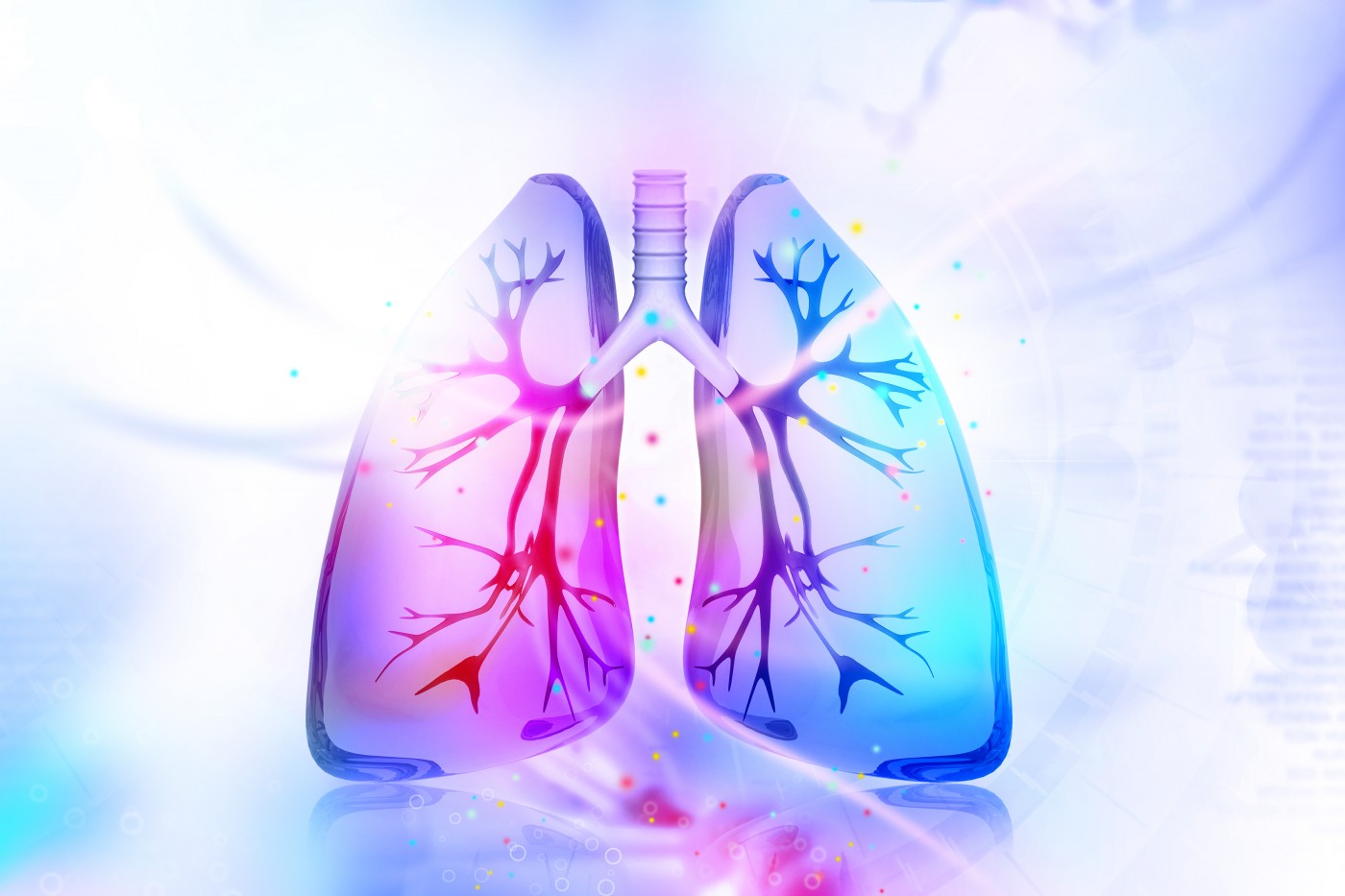‘PH Care for All’ Campaign Targets Poor and Minorities in U.S. Whose Pulmonary Hypertension Often Goes Untreated

The Pulmonary Hypertension Association (PHA) announced the launch of “PH Care for All,” an initiative to address disparities in the treatment of pulmonary hypertension (PH) among minorities and low-income patients in the United States, and led by 26 highly regarded PH specialists.
“With fourteen treatments — which is as many or more treatments that exist for all but two of roughly 7,000 rare diseases — PH patient care is growing rapidly,” Rino Aldrighetti, the PHA’s president and CEO, said in a news release. “As PHA’s advocacy, education, awareness, Pulmonary Hypertension Care Center accreditation program, and the PHA Registry continue to improve PH diagnosis and care, we must ensure that the additional needs of underrepresented minorities and socioeconomically disadvantaged patients are met.”
According to a 2011 analysis of the Registry to Evaluate Early and Long-term Pulmonary Arterial Hypertension (REVEAL), an accurate PH diagnosis is given patients only in advanced stages of the disease, with a mean time to diagnosis of 2.8 years. A recent study by Dr. Arunabh Talwar and colleagues also indicated that ethnic minorities and socioeconomically disadvantaged patients are disproportionally affected by barriers to PH diagnosis, as well as by disadvantages unique to these groups.
“These barriers not only adversely affect the PH diagnosis itself, but also impact patients’ ability to receive treatment once the diagnosis has been made,” said Dr. Vinicio de Jesus Perez of Stanford University, a co-chair of the “PH Care for All” medical committee. “The concern is that many of these patients are missing the window for treatment and intervention entirely.”
Studies have noted that African-American women have the highest rates of mortality due to pulmonary arterial hypertension (PAH) in the U.S., regardless of age. And a National Center for Health Statistics database review of deaths linked to PAH between 1994 and 1998 revealed that many minorities have a reduced quality of life caused by health-related problems, compared to the rest of the population.
Although the reasons for such disparities are complex, they appear related to socioeconomic status, barriers to healthcare access, higher genetic and environmental risks, limited education, and reduced adherence to established guidelines for the treatment and prevention of acute and chronic conditions.
“PH Care for All,” chaired by Dr. Perez and Dr. Talwar, with Northshore, Long Island Jewish Medical Center, aims to evaluate the economic and social disparities in the U.S., determine how they impede healthcare access and diagnostics, and identify populations at greatest risk for inappropriate PH diagnosis and care.
PH is characterized by increased pressure in the blood vessels of the lungs, possibly causing heart failure. Despite the incidence of misdiagnosis, an early and accurate diagnosis can lead to improvements in a patient’s quality of life and overall survival.







